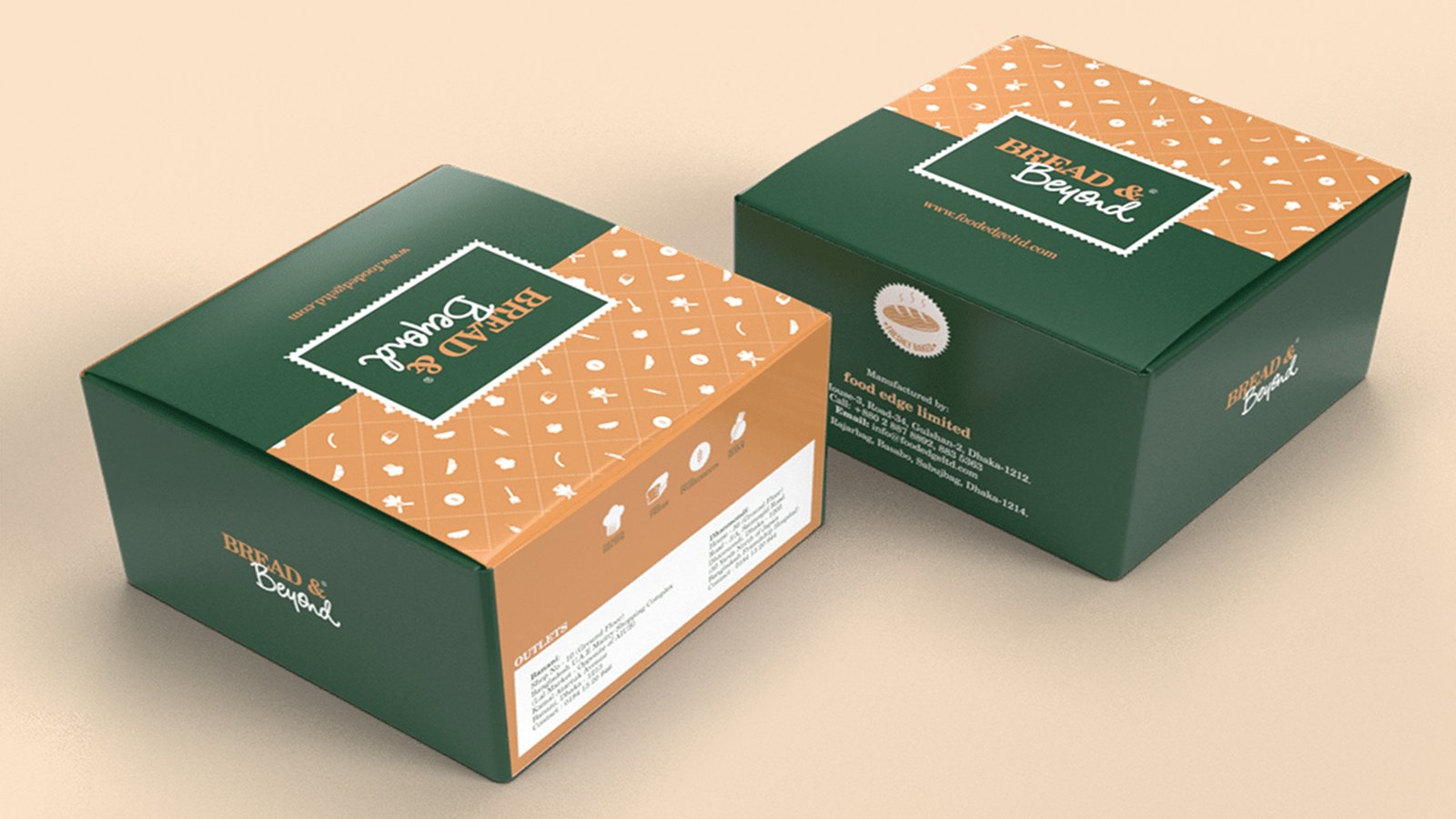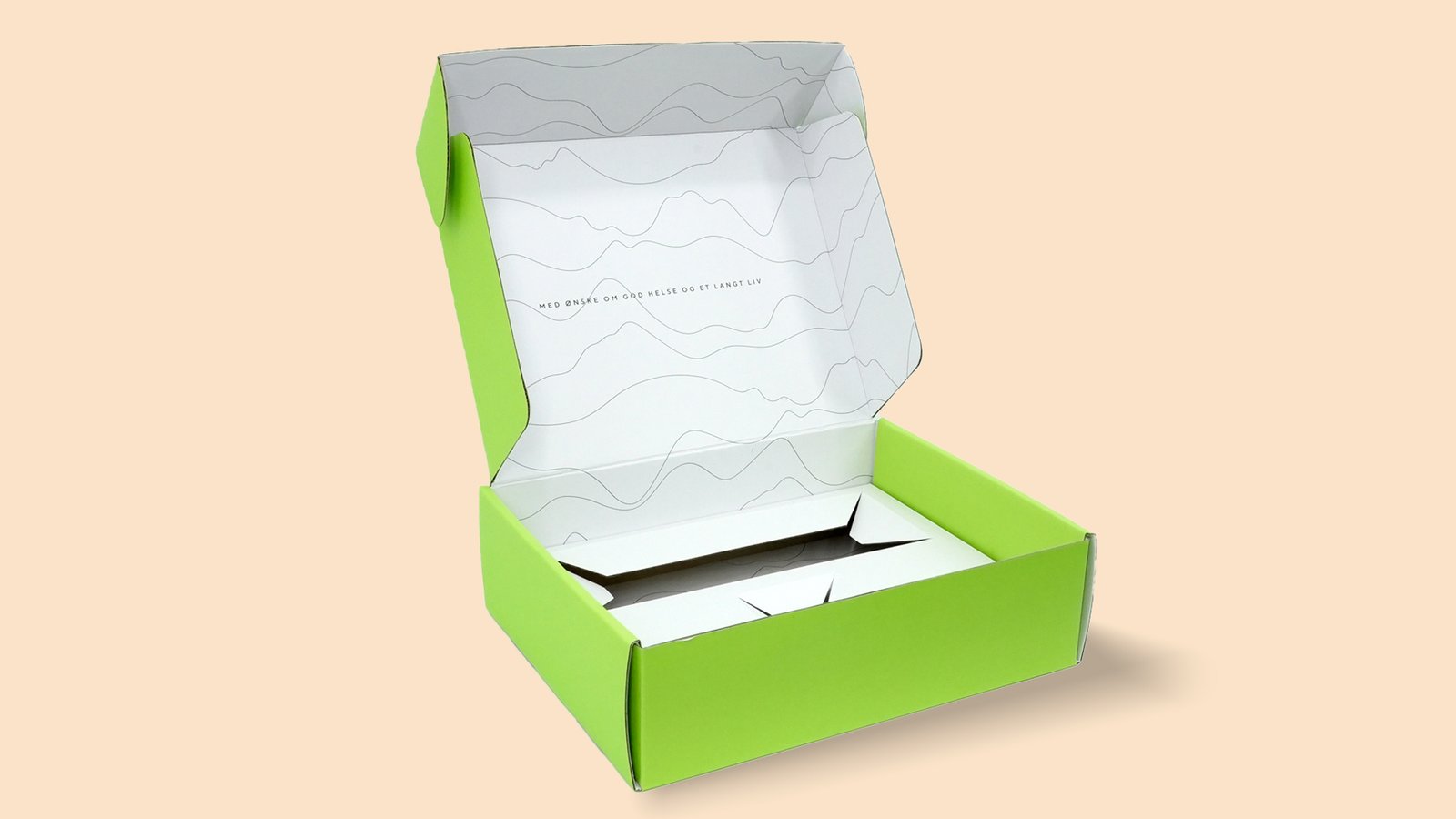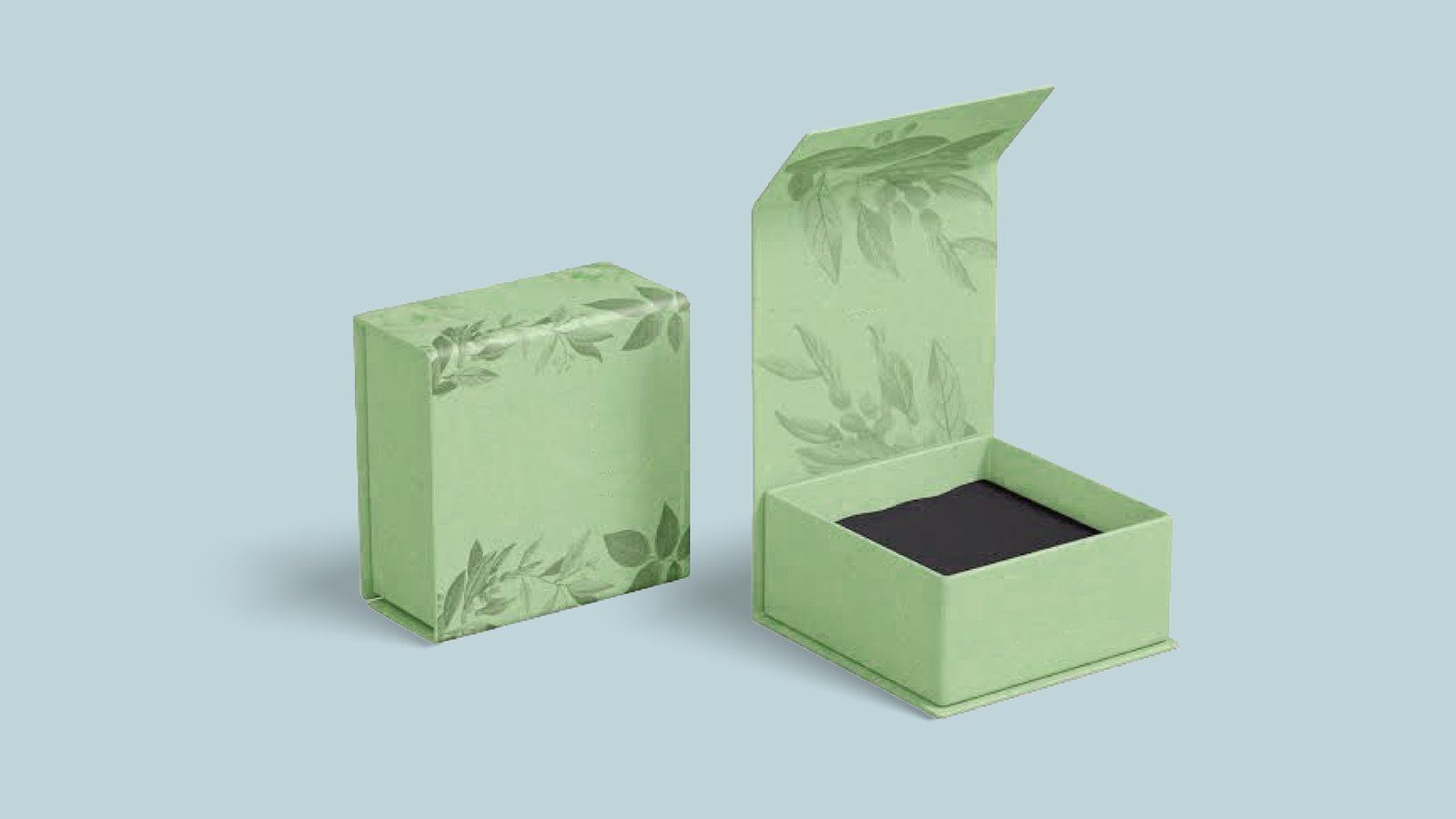10 Tips For Designing Retail Packaging
That Sells

Designing the retail packaging of a product is one of the most important factors that influence its success.
After all of your hard work to develop your product, you just have one step left: ensuring sure the retail packaging is flawless. As it stands on a shelf or hangs in a display, the package design will serve as the silent speaker for your product, therefore it must look fantastic and work perfectly. When we are designing a box, there are a lot of factors to work on. Such factors include customization, personalization, designing, die-cutting, and finishing options. After carefully passing through this process one can get the best box designs. Most of the brands work hard to yield unique styles up to the mark boxes for consumers. Such boxes not only increase sales but also lead to branding and user satisfaction. Here are the 10 tips for designing retail product packaging that sells best.
-
Design the packaging for your brand
Consider who you're marketing to and what they'll find appealing and appealing. Because custom display packaging is a visual reflection of what's within, select appropriate visuals. Baby things, for example, would seem very different from high-tech devices
-
Sell and tell with the right wording
The language on your package should inform potential buyers about the product and why they should buy it. Keep things basic, though. Don't overburden the packaging with writing or a cluttered design. You just have seconds to grab someone's attention. Don't squander them! What you are posting on the box, actually tells the brand message. This conveys the brand's mission, vision, and identity. This message should be clear, and precise. Brands tell about pricing, precautions, use, and important information by using the right words.
-
Choose colors and fonts carefully
The custom-printed retail packaging should be eye-catching but neither garish nor flashy. Colors should complement and enhance the product rather than compete with it. Choose a typeface that is distinct but readable, and that complements the product's logo. Consider planning visuals that may be used with a variety of products in a product line. Color combination should be perfect, whether you are using matching, contrast, or parent brand color. This consistency in brand colors makes the game and everyone gets to remember about them. Whenever we go the McDonald’s or KFC, we recognize them through the packaging they are using. This is because they have unique fonts, typographies, and colors and these are consistent. Similarly, Coca-Cola has been using the same parent color packaging for 100 years, as they are known for them.
-
Be trustful to your customers
If what's on the exterior of the box doesn't match what's inside, you'll lose clients. Of course, you want the visuals to be appealing, but you also need to be able to deliver the goods and meet your consumers' expectations when they open the box.
-
Make sure your design works everywhere
While your packaging's primary function may be to stand out on shop shelves, it must also photograph well if you're selling online. Your packaging design might be used in a newspaper or magazine advertisement. Elements of the design may be used on signs and promotional items, and your packaging must appear excellent on computer displays and mobile devices. Design with numerous applications in mind. For this, we can use centralized designs that work for all locations and areas. In addition to this, sometimes companies target a specific location and geography through designs. These are known as personalized packaging and this works for small areas and limited editions. Such boxes attain packaging excellence through specific targeting of the product. So getting such boxes is now easier, designers create unique designs and yield the best editions of retail boxes packaging.
-
Fit the package to the products
Make it as functional as possible in terms of shape, size, functionality, and materials. Make sure it's tough, easy to open, and portable. If the product is heavy, consider adding handles or another method for the buyer to pick it up more easily. Customers will anticipate high-end packaging if the item is expensive.
-
Make the package user-friendly
Make it simple to open. Before you begin designing the box, consider how the item will be utilized. Give the package a spout if your product spills. If the item is not single-use, ensure that the package is simple to reseal. The Heinz ketchup bottle turned upside down is a textbook example of well-designed product packaging.
-
Consider the environment and be eco-friendly
Many customers are turned off by the byproducts of overpackaging. Extra layers of bags, cartons, and plastic aren't necessarily better, so skip them. Create packaging that protects the goods while minimizing waste.
-
Preserve and protect
Safety is critical, especially when it comes to food goods. To improve safety and prevent manipulation, the Food and Drug Administration has tight packaging standards. To travel properly and stay fresh, the goods must be wrapped. Your display packaging must also keep your goods undamaged while being shipped to shops and customers.
-
Make it stackable
Because a merchant may need to place your goods on a shelf or in their storage or warehouse, unusual-shaped shipments might be difficult. Consider how your product will be exhibited and design it properly.
Conclusion
So there you have it, 10 tips to help you create retail packaging designs that resonate with customers and boost sales. By focusing on your brand, keeping it simple, using eye-catching colors and images, highlighting product benefits, and making the packaging easily recyclable, you'll be well on your way to crafting packaging that helps your product fly off the shelves. Remember, every element of your retail packaging, from the materials to the copy to the visuals, is an opportunity to connect with your customers and build brand loyalty. Keep these tips in mind and you'll be designing packaging in no time that not only protects your product but promotes it in a powerful, eco-friendly way. Now go forth and boost those sales!





